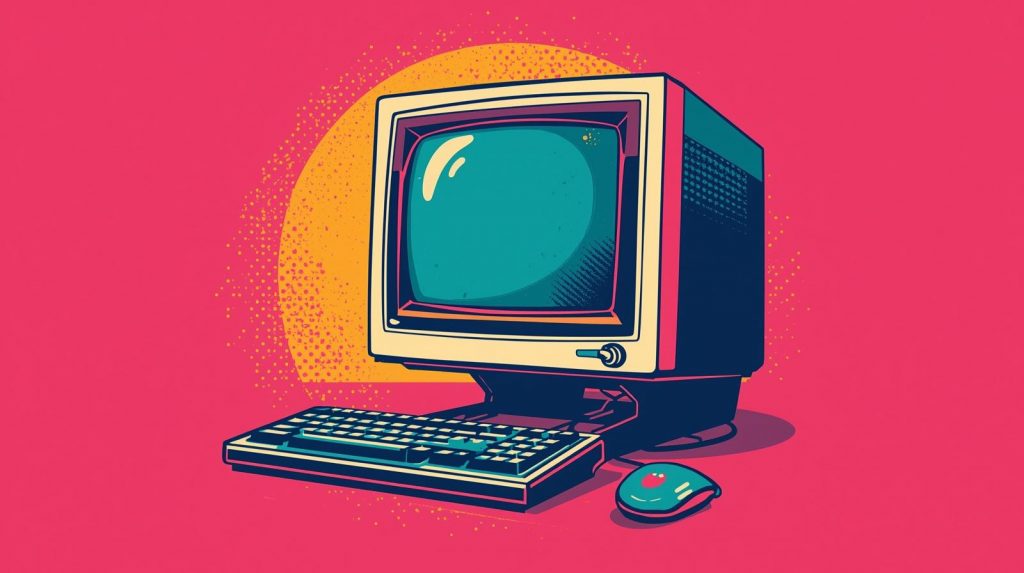
Keeping software updated is one of the simplest yet most effective ways to protect devices, improve performance, and ensure access to the latest features. Outdated software can leave systems vulnerable to security threats, cause compatibility issues, and slow down productivity. Here are practical tips to stay on top of software updates.
1. Enable Automatic Updates
Most operating systems and applications offer an option to install updates automatically. Enabling this feature ensures critical patches and improvements are applied without requiring manual checks.
2. Regularly Check for Updates
For software that doesn’t update automatically, set a routine to check for updates. A weekly or monthly reminder can help prevent missing important patches.
3. Prioritize Security Updates
Security patches are often released to fix vulnerabilities that hackers can exploit. Always install these updates as soon as possible to reduce the risk of cyberattacks.
4. Keep Operating Systems Current
Operating system updates often include performance enhancements, bug fixes, and security improvements. Running the latest version ensures compatibility with modern applications and hardware.
5. Update All Devices
Don’t forget about smartphones, tablets, and IoT devices. These are often overlooked but can be entry points for security breaches if left outdated.
6. Remove Unused Software
Unused applications not only take up space but may also pose security risks if left unpatched. Regularly review installed software and uninstall what’s no longer needed.
7. Use Centralized Management Tools
For businesses or households with multiple devices, centralized update management tools can simplify the process. These tools allow updates to be deployed across all systems efficiently.
8. Stay Informed
Subscribe to newsletters or follow official channels of software providers. This helps in staying aware of major updates, new features, or urgent patches.
9. Backup Before Updating
While rare, updates can sometimes cause compatibility issues. Creating a backup before major updates ensures data can be restored if something goes wrong.
10. Educate Users
In shared environments, make sure everyone understands the importance of updates. Encourage prompt installation and discourage postponing update notifications.
Keeping software updated is not just about convenience—it’s a critical step in maintaining security, performance, and reliability. By following these tips, individuals and organizations can reduce risks and make the most of their technology.
Leave a Reply